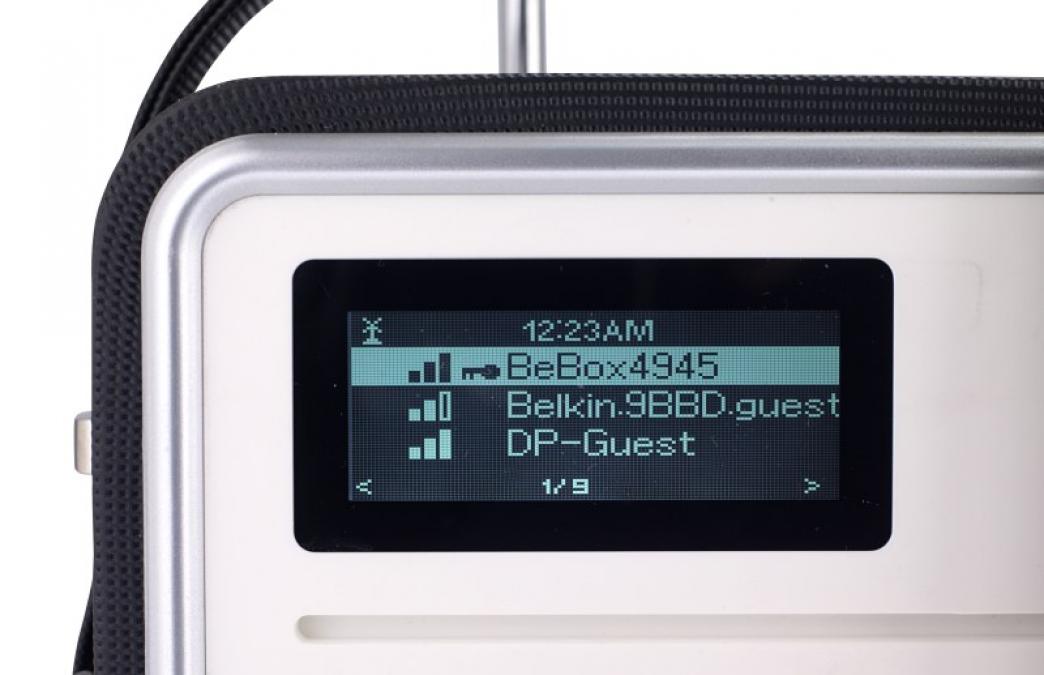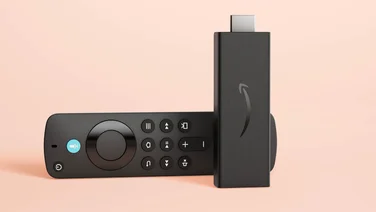To help us provide you with free impartial advice, we may earn a commission if you buy through links on our site. Learn more





View Quest is the latest in a slew of manufacturers to integrate classic style with modern technology. This is a particularly common practice when it comes to radios. The Retro WiFi Radio has a clean, simple and stylish chassis with a leather effect handle and cover and cream body, which contains a combination DAB+/FM/internet radio and UPnP media streamer. You can power it from the mains or from four C cell batteries, and the radio has a claimed 15-hour battery life. A physical power switch at the back means there’s no risk of running them down by leaving the radio in standby mode.

There’s even an iPod dock, so you can play content directly from an iOS device, and it’s neatly concealed behind the View Quest logo – just push it in and a sturdy little plastic dock shelf pops out. A mono LCD display allows you to navigate through the radio’s menus, while text entry – which is only called for when you have to enter your wireless password – is handled by using the dial or buttons to cycle through letters of the alphabet.

When you first power it up, the radio scans for wireless networks and prompts you select yours and enter the password. With that done, you can choose to tune in to internet, digital or FM radio stations, connect to your network to search for UPnP media streams or listen to content from an iPod or the radio’s auxiliary input.
Although there was already a list of stations present, we had to re-scan for DAB stations before we could correctly tune them in. We encountered a different problem with the radio’s ability to deal with files on our DLNA share. It was easy to connect to our share and – although we were annoyed by the way in which files are listed alphabetically rather than in track order – it was easy to navigate through our audio collection, too. However, although all the files in our collection were shown, the radio couldn’t play them all. Files in WAV format were shown in the list but wouldn’t play and – more annoyingly – the same applied to our Variable Bit Rate (VBR) encoded MP3s.

This is a pity, because the radio looks and sounds great. A pair of 10W speakers put out clear, powerful sound. High notes are crisp while mid-tones are powerful and well defined. There’s a bit of bass, but not much – this is a rather traditional radio after all. Despite this, we were pleasantly surprised by the sense of space that was particularly present in electronic dance tracks. You can get plenty of volume out of the radio, but above about three-quarters volume high notes started to become harsh and brittle, although the bass sounded a lot more powerful.

If you’re after an attractive and easy-to-use radio with a few streaming features, this is a good choice, but the lack of support for VBR MP3s is a pity – we just hope that it’ll be rectified in future firmware updates. If you listen to the radio on the move, the combination of battery power and DAB+, which is increasingly popular across Europe, will definitely appeal.




